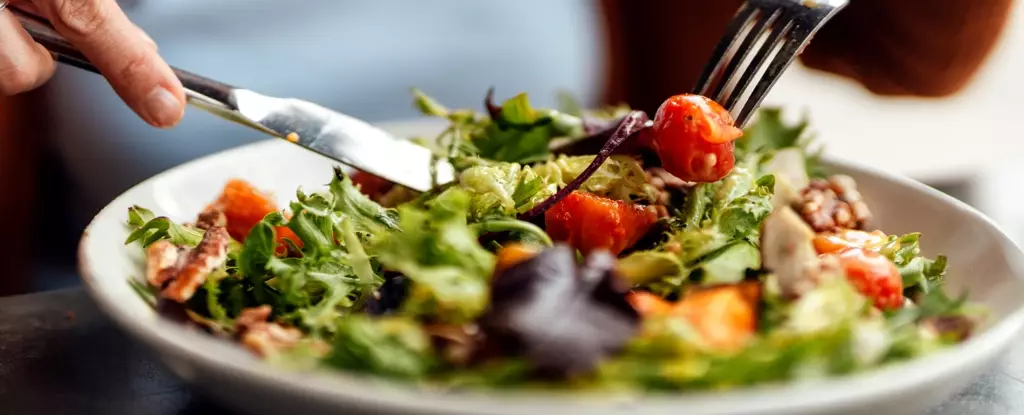Vegetables are often seen as a necessary evil, a requirement for a balanced diet, but not necessarily an enjoyable part of our meals. Many of us struggle to incorporate enough vegetables into our diets, despite knowing that they are essential for our health. This reluctance towards vegetables is not entirely our fault; it is a result of our evolutionary preferences and genetic predispositions. However, with a little effort and experimentation, we can learn to love salad and veggies.
The Bitter Truth
One of the reasons why vegetables are not universally appealing is their bitter taste. Bitterness evolved as a defense mechanism in plants, helping them protect themselves from predators. Ironically, the compounds responsible for bitterness, known as phytonutrients or bioactives, are also what make vegetables incredibly healthy for us. Phytonutrients are packed with dietary fiber, vitamins, minerals, and other health-promoting substances. So, while our taste buds may be averse to bitter flavors, our bodies crave the benefits that come with them.
Our individual responses to bitter compounds in vegetables are influenced by our genetics. Humans have 25 different receptors that detect bitterness, and each of us has a unique combination of these receptors. Some individuals can barely detect bitter compounds, while others are extremely sensitive to them. This genetic variation means that we all have different starting points when it comes to enjoying salads and veggies. Patience is key as we navigate our personal taste preferences.
The Power of Repeat Exposure
Fortunately, our taste preferences are not solely determined by our genes. Repeat exposure to bitter foods can help our brains adapt and overcome our aversion to them. Each time we eat vegetables, our brains learn that they are not poisonous. Additionally, changes in our diet can lead to changes in the enzymes and proteins in our saliva, altering how different compounds are broken down and detected by our taste buds. This adaptability of our taste buds is similar to other forms of behavioral cognitive training.
Luckily, there are numerous strategies that can help us mask the bitterness of vegetables and make them more enjoyable. One simple trick is to add salt and fat, which can reduce the perception of bitterness. However, it’s important to remember that these should be used in moderation. Reducing salt and fat intake is still important, but it’s better to focus on cutting down on discretionary foods like cakes and chips, rather than using them sparingly with vegetables.
Adding heat with spices like chili or pepper can also distract from the bitterness and add an exciting kick to your salads. Another approach is to incorporate fruits into your salads. Fruits add natural sweetness and juiciness, which can enhance the overall flavor and texture of the dish. Experimenting with different textures, such as chopping vegetables smaller or chunkier, can also help you find what you enjoy the most in a salad.
Challenging Assumptions
Often, our biases and preconceived notions about healthy and tasty foods can hinder our enjoyment of vegetables. We tend to assume that healthy foods will taste bad and that tasty foods cannot be good for us. However, challenging these assumptions can open up a world of possibilities. Research has shown that when vegetables were given taste-focused labels rather than health-focused labels, individuals were more likely to enjoy them. By shifting our mindset, we can break free from this unhealthy-tasty intuition and truly savor the flavors of nutritious foods.
Embarking on a journey to eat more salads and veggies requires patience and self-compassion. It is essential to work with our biology and brain, rather than against them. The process of learning to love vegetables is unique for each individual, and it’s important to understand that we are all on different points of our taste-training journey. Avoid judging yourself or others for their food choices; instead, focus on encouraging and supporting each other along the way.
Incorporating more salads and vegetables into our diets may initially seem challenging, but with time and effort, we can develop a genuine love for these nutrient-rich foods. The key is to be patient, experiment with different flavors and textures, and challenge our assumptions about healthy and tasty foods. By working with our biology, we can train our taste buds to appreciate the benefits and flavors that salads and veggies have to offer. So, let’s embrace the journey towards better health and explore the endless possibilities of delicious and nutritious salads.


Leave a Reply